Conversational AI Solution for Healthcare
Unlock efficiency with Conversational AI in Healthcare
Discover Conversational AI In Healthcare
Automate Routine Calls
Rapidly reduce call volume and unlock clinician time while maintaining safety. Our conversational AI healthcare solution converts routine calls into automated, HIPAA compliant interactions so your team focuses on complex care and you see up to 65% fewer routine contacts.
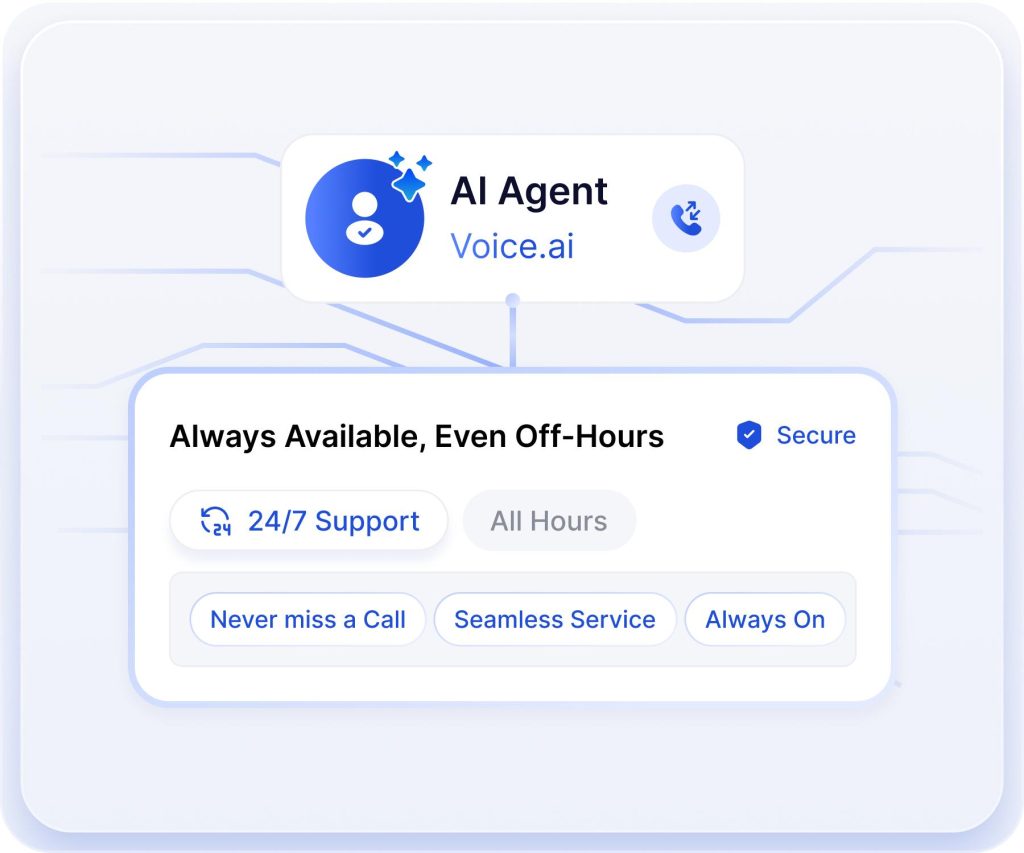
Conversational AI In Healthcare: Benefits and Outcomes

Reduce administrative burden and burnout
Automate routine patient interactions that take clinicians away from care and reclaim administrative time. This reduces the 40% of clinical time spent on paperwork and allows staff to return attention to high value clinical tasks.

Improve patient access and reduce wait times
Convert long hold times and month-long waits into same day or next day options through intelligent scheduling and triage. The result is fewer access complaints and a measurable increase in online appointment bookings.

Deliver measurable financial ROI
Reduce call center volume by up to 65% and improve scheduling efficiency to capture previously lost revenue. Performance based pricing and real time ROI dashboards let you track savings and revenue capture in dollars and visits.

Raise quality and patient safety
Embed clinical protocols and escalation rules so automation follows evidence based guidance and alerts clinical staff when needed. This preserves provider workflows and reduces risk while improving adherence to care pathways.

Create confident, empathetic patient experiences
Patients get 24/7 conversational support tailored to their needs, reducing anxiety and increasing adherence. This leads to higher satisfaction scores and fewer avoidable emergency department visits.
Seamless Integration and Healthcare-grade Security
Native EMR connectivity
Connect to Epic, Cerner, and other major EMRs to read schedules and write conversation summaries into patient records. That preserves provider workflows and eliminates duplicate data entry while maintaining clinical context.
Contact center and telephony interoperability
Plug into Cisco, Avaya, Amazon Connect, and common contact center platforms so AI works alongside agents. Intelligent handoffs and context rich summaries ensure transfers continue smoothly without repeating patient information.
Data protection and HIPAA compliance
Healthcare native architecture includes end to end encryption, zero retention modes, and signed BAAs to protect patient data. These controls provide the audit trails and governance needed for Joint Commission and regulatory reviews.
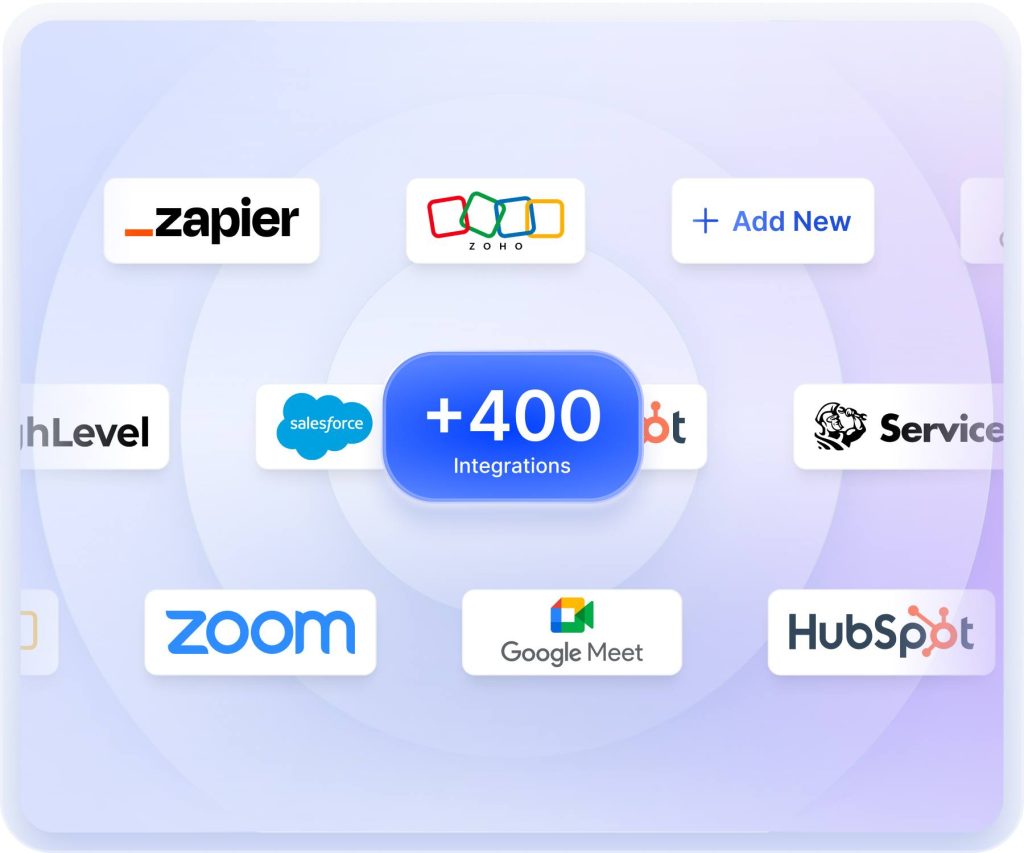
Governance and auditability
Every interaction is tracked with clinical escalation logs and configurable retention policies to support compliance. Administrators can generate reports for audits and clinical governance reviews.
Scalability without infrastructure risk
Cloud deployment scales to handle seasonal surges without increasing on-prem infrastructure or jeopardizing data sovereignty. That means you can manage flu seasons and telehealth spikes without staffing changes.
Data Residency and Regional Controls
Choose regional data residency options and custom retention settings to meet local regulations. These controls let organizations keep patient data within required regions and provide clear audit logs for compliance reviews.
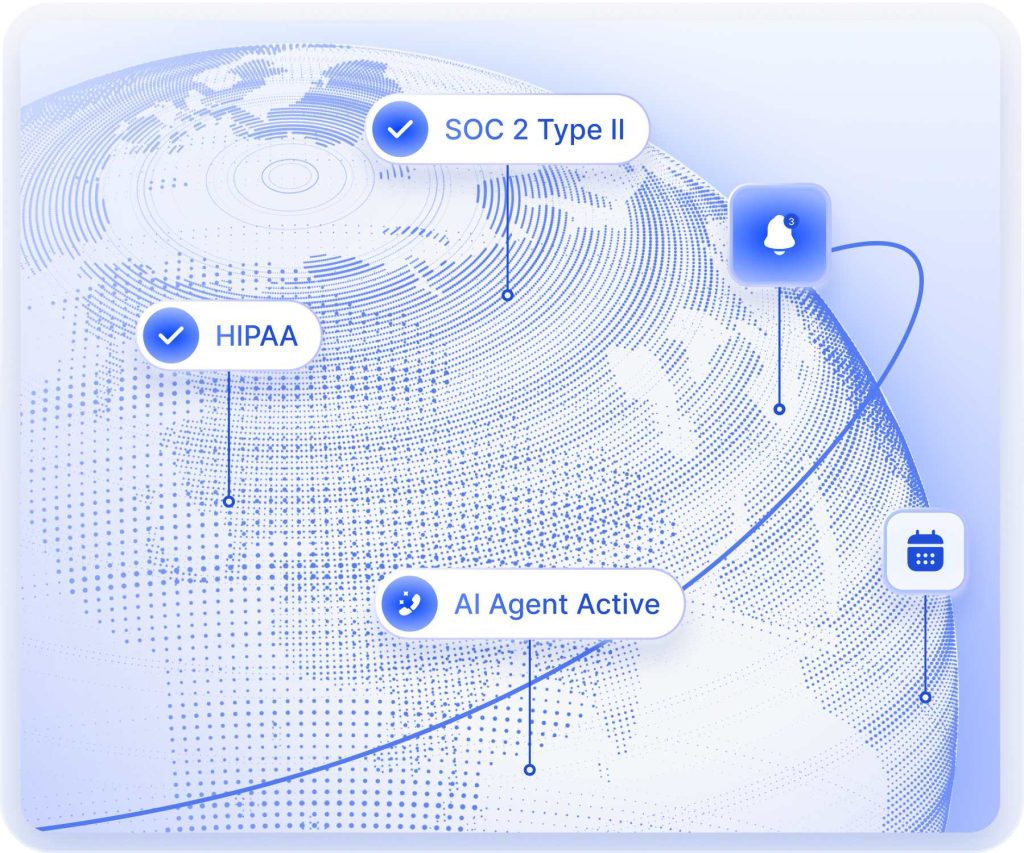
Core Use Cases and Workflows

Intelligent appointment scheduling
Automate appointment booking with real-time availability and insurance checks to reduce no-shows and manual scheduling. Integration with practice management systems means schedules update automatically and patients receive confirmation and preparation instructions.

Symptom triage and care routing
Use evidence-based symptom collection to guide patients to the right level of care, from telehealth to urgent care. This reduces inappropriate ED visits and routes critical cases to clinicians with needed context.

Medication and refill management
Handle prescription refill requests, medication reminders, and simple clinical checks through automated conversations that escalate when a clinical decision is required. That improves adherence and reduces phone time for pharmacists and clinicians.

Insurance verification and registration
Automated verification and intake capture reduces manual entry and prior authorization delays. The process reduces front desk burden and accelerates time to visit or procedure scheduling.

Patient education and follow up
Deliver personalized, clinically aligned education and post visit instructions through voice, SMS, or portal messaging so patients understand next steps. This improves adherence and reduces avoidable follow ups.

After hours and surge support
Provide 24/7 patient assistance that handles routine issues and escalates urgent concerns to on-call staff. This lowers after hours call load and reduces burnout from unpredictable surges.
Implementation, Timeline, and ROI
Typical deployment timeline
A focused deployment can be live in days for core workflows with EMR connectors configured and clinical approvals in place. Rapid initial launch gives you real usage data for optimization while minimizing operational risk.
Co-design with clinical teams
We work with clinicians to map protocols into conversation flows and set escalation rules that reflect your standards. This clinical co-design ensures the automation increases safety and keeps clinicians in control.
Service model and SLAs
Custom Service Level Agreements and dedicated support teams keep systems performing to your standards. Performance based pricing options let you align spend with actual reductions in call volume and improved access.
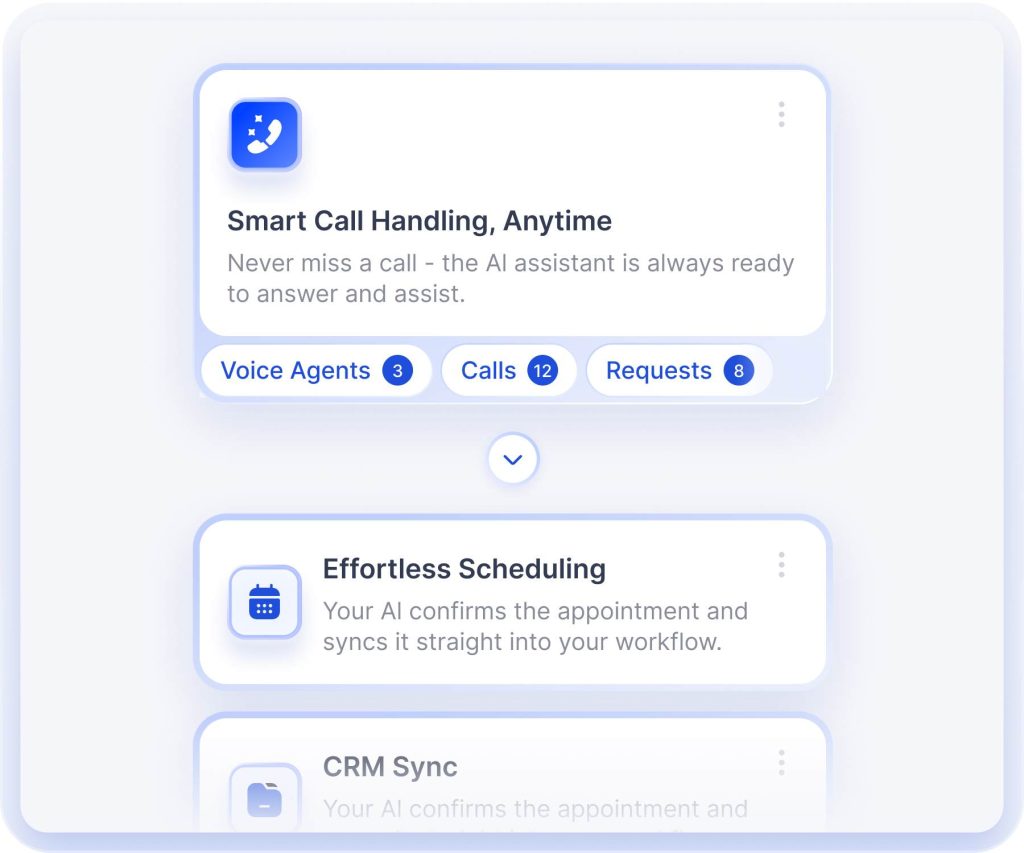
Training, adoption, and time to proficiency
Real time agent assist and guided scripts reduce time to proficiency for staff while improving compliance. Supervisors get alerts and coaching tools so agents follow processes and maintain quality across conversations.
Ongoing analytics and optimization
Healthcare analytics surface access bottlenecks and patient sentiment trends to guide continuous improvements. Use dashboards to measure appointment capture, no show changes, and clinical escalation rates.
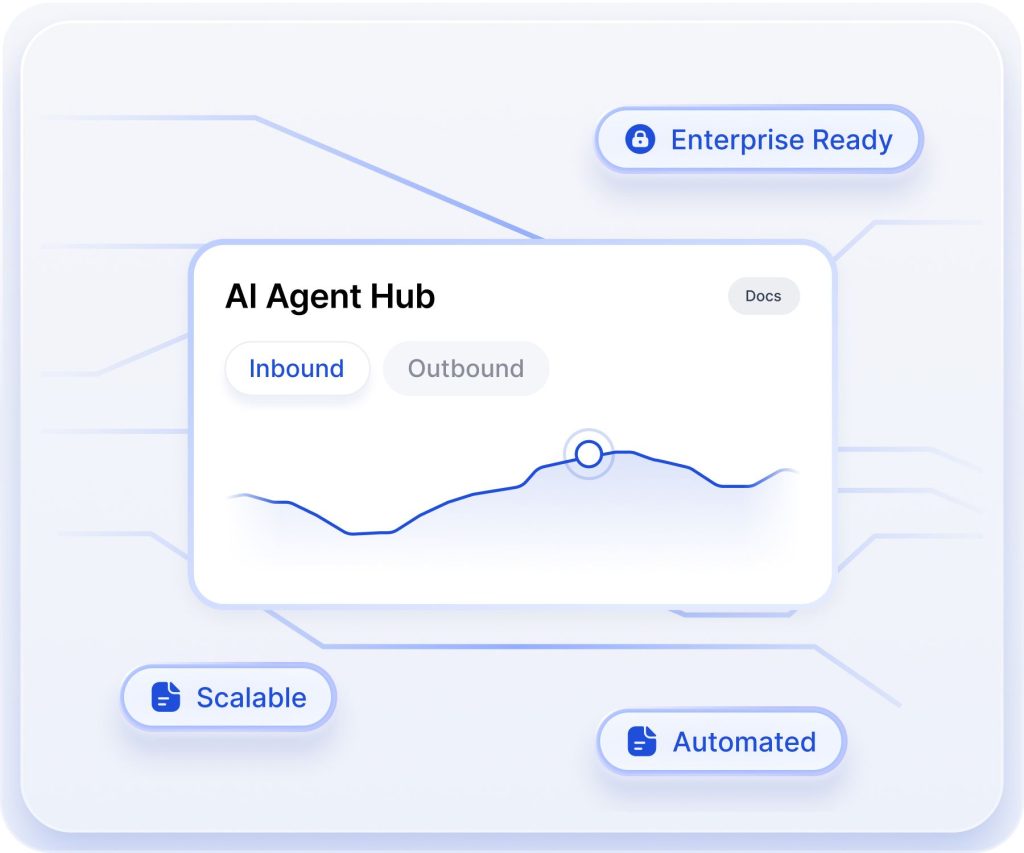
Proven Results and Operational Metrics
Measured outcomes customers use
Clients report up to 65% reduction in routine call volume, 47% uplift in online bookings, and improvements in no show rates. Those operational gains translate into clear revenue capture and less administrative strain on clinicians.
Before and after workflow example
Before: patients wait on hold and staff manually verify insurance and schedule appointments. After: AI collects symptoms, verifies insurance, and books the right appointment automatically while writing summaries to the chart.
Real-time agent assist and copilot value
Give live agents context prompts, objection handling, and compliance reminders during calls to improve conversions and reduce average handle time. Supervisors get alerts and coaching insights that raise quality across the team.
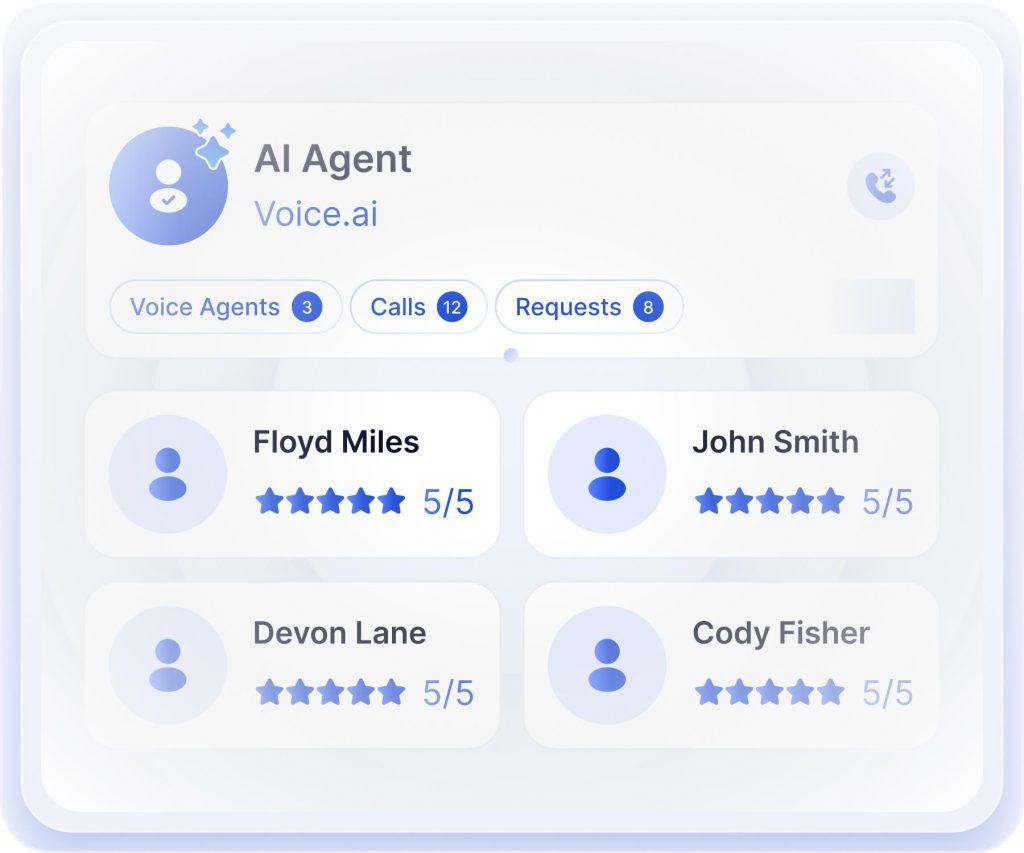
Analytics, QA, and continuous improvement
Automated QA and conversation intelligence surface coaching opportunities and quality issues with statistical confidence. Use these insights to reconfigure scripts and improve both patient outcomes and operational KPIs.
Scale and trust signals
Proven across hundreds of enterprise deployments, the platform supports complex systems and strict healthcare governance. Use customer logos and anonymized metrics to support credibility while preserving confidentiality.
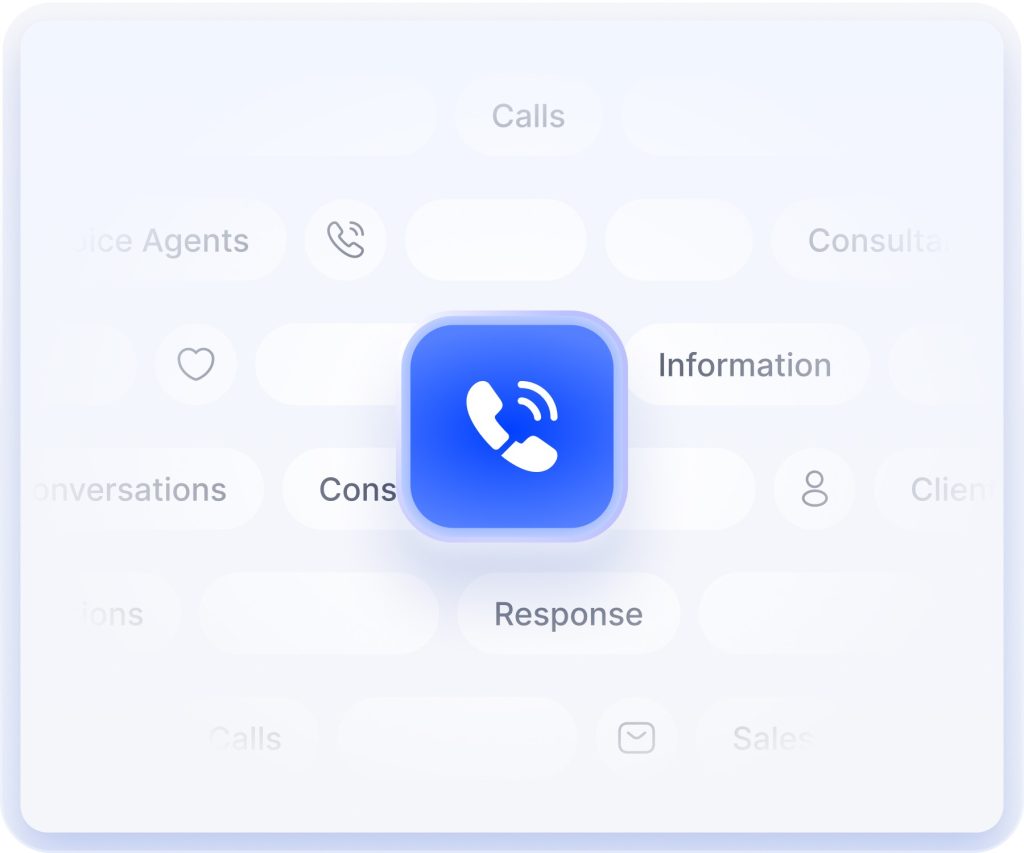
Frequently Asked Questions about Conversational AI In Healthcare
What is Conversational AI In Healthcare and how does it differ from chatbots?
Conversational AI In Healthcare uses clinical protocols and EMR data to provide evidence based interactions with patients rather than simple scripted replies. Our platform integrates with scheduling and charting so conversations update records and trigger clinical escalations.
How does Conversational AI In Healthcare protect patient data?
We use end to end encryption, zero retention options, and signed BAAs to support HIPAA compliance. Administrators can configure audit trails and retention policies to meet regulatory and governance needs while preserving patient privacy.
How quickly can Conversational AI In Healthcare be deployed?
A focused pilot for common workflows can go live in days with standard EMR connectors and clinical approved conversation flows. Rapid deployment provides real usage data for optimization without large upfront infrastructure changes.
Will Conversational AI In Healthcare disrupt existing clinical workflows?
The platform is designed to preserve provider workflows through native EMR integration and clinician co design. Conversation summaries write back to charts and handoffs include context so clinicians do not need to repeat work or change processes.
What measurable ROI can I expect from Conversational AI In Healthcare?
You can expect reductions in call volume and administrative tasks with uplifts in appointment capture and lower no show rates. Customers report metric improvements that translate into clear cost savings and revenue gains tied to measured KPIs.
Does Conversational AI In Healthcare support Epic and other EMRs?
Yes, the solution includes native connectors for Epic and other major EMRs to access schedules and write conversation summaries. This interoperability ensures data consistency and minimal disruption to clinical record keeping.
How does clinical oversight and escalation work with Conversational AI In Healthcare?
Clinical protocols are encoded into decision trees that trigger clinician notification for concerning findings. Escalation workflows are configurable so care teams retain control and safety is maintained during automated interactions.
What support and SLAs are available for healthcare deployments?
We provide tailored SLAs, dedicated implementation teams, and ongoing optimization support to meet enterprise requirements. Performance based options align costs to outcomes and ensure the system continues to deliver clinical and operational value.